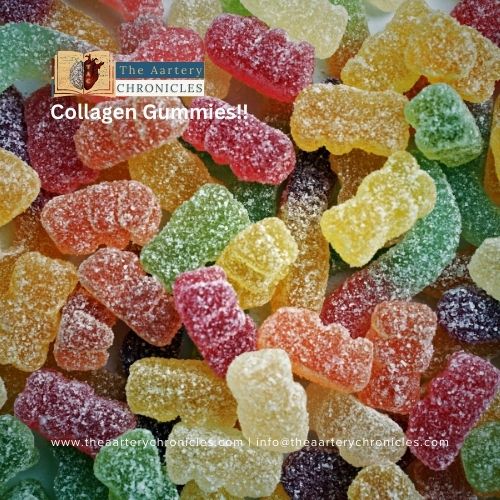

Why Fancy Salt Might Be Worse Than You Think
Salt is a kitchen essential. It adds flavour, brings out the taste, and makes even bland food delicious. But too much of it can harm your heart, especially when you’re using trendy salts like pink Himalayan salt, sea salt, or Celtic salt.
These types of salt may look natural and healthy, but according to heart experts, they can quietly raise your risk for serious health problems often without you realizing it.
Why Your Body Needs Salt
Salt is made of sodium chloride, and sodium is vital for the body. It helps with:
- Keeping fluid levels balanced
- Sending nerve signals
- Helping muscles, including your heart, to contract
But while sodium is essential, too much of it can be dangerous. High sodium intake is linked to:
- High blood pressure
- Heart disease
- Stroke
- Kidney damage
- Memory problems in older adults
Recommended Daily Limit:
- Ideal: 1,500 mg of sodium (about ¾ teaspoon of salt)
- Maximum: 2,300 mg
- Average American intake: 3,400 mg (much too high)
What Makes “Fancy” Salts So Popular?
Salts like Himalayan pink salt, Celtic salt, and sea salt have become trendy. People choose them for several reasons:
- They are less processed
- They contain tiny amounts of minerals like magnesium and potassium
- They look beautiful and feel crunchy when sprinkled
Why Iodized Table Salt May Be the Better Choice
Though some may see it as “basic,” iodized table salt has clear health advantages:
- Iodine added helps prevent thyroid disorders
- Finer grains let you use less for the same flavour
- Purified tested and safe from impurities
- Widely available and affordable
On the other hand, natural salts may contain unwanted metals or contaminants from the environment.
So, Should You Stop Using Fancy Salt?
Not necessarily but use it with care. Here’s what heart doctors recommend:
- Stick to iodized table salt unless advised otherwise by your doctor
- Use a measuring spoon to control how much you add
- Avoid adding extra salt after cooking
- Flavour with herbs and spices like garlic, lemon, basil, or pepper
- Check food labels many packaged and restaurant foods are already high in sodium
Conclusion
All salt whether pink, white, coarse, or fine contains sodium. Too much sodium can increase your risk for heart disease, stroke, and other health issues.
The fancy salt trend may look and taste nice, but it does not offer real health benefits. It might cause you to use more than you need without realizing it.
When it comes to seasoning, less is more. Use salt wisely, and your heart will thank you.
Source: Inputs from various media Sources

Priya Bairagi
Reviewed by Dr Aarti Nehra (MBBS, MMST)
I’m a pharmacist with a strong background in health sciences. I hold a BSc from Delhi University and a pharmacy degree from PDM University. I write articles and daily health news while interviewing doctors to bring you the latest insights. In my free time, you’ll find me at the gym or lost in a sci-fi novel.








